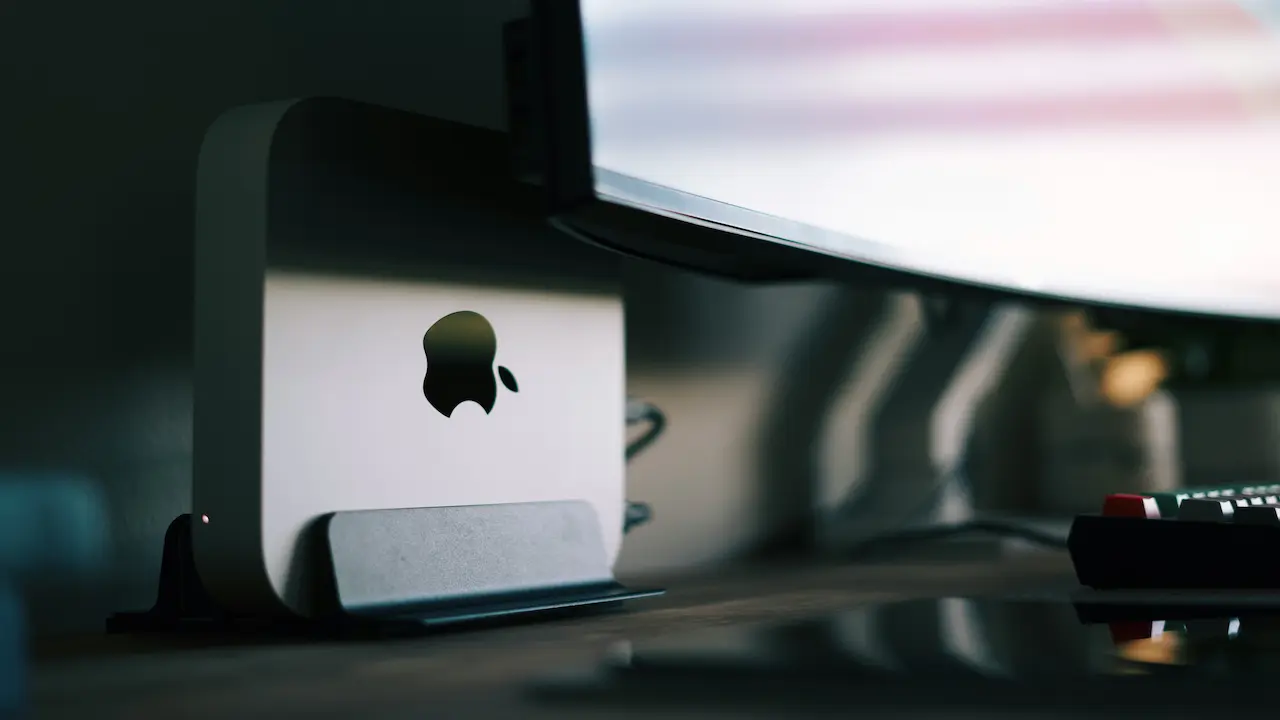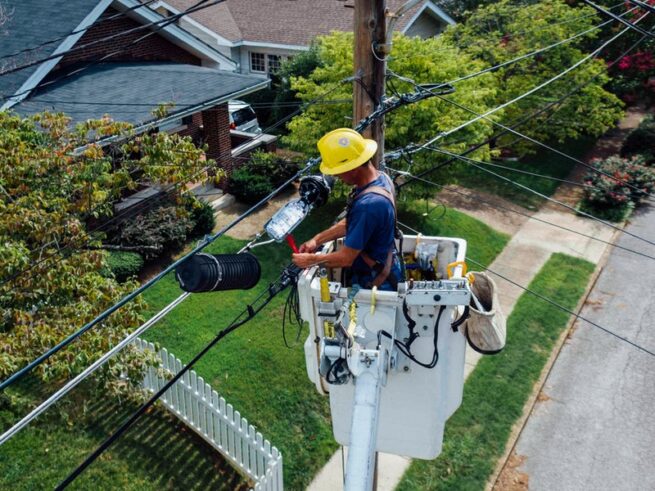Second only to gold as a precious metal, silver has always been cherished. Shimmering and chic, silver is always an elegant addition to any home. Sterling, Sheffield Plate, silverplate, German Silver, hallmarks – there’s lots to take in. Here’s what you should know.
Sterling Silver
Sterling is the highest quality of silver. Pure silver is too soft for practical use so it has to be mixed – alloyed – with another metal. Sterling silver is 925 parts silver to 75 parts copper for every 1,000 parts. Since it is easy to melt down silver to convert it to coin, a system to test – assay – silver and mark it was implemented. This system is called hallmarking and the English system is the oldest. Hallmarking is a series of symbols and letters that indicates the place of origin, year that an item was made and maker. Most European countries follow hallmark procedures similar to the English system. It was developed to ensure consumers were getting what they paid for. U.S. sterling is stamped “Sterling.”
There are a great many hallmarks and very few people are able to know who made any item simply by looking at a hallmark. Even silver connoisseurs consult their hallmark guides to identify hallmarks. After a 1975 treaty, a new sterling standard was adopted to indicate sterling with the stamp “.925.” It was implemented to eliminate confusion across languages.
Sheffield Plate
Sheffield Plate named after the town of Sheffield, England is less costly than sterling. Sheffield Plate was made by placing copper in between silver and rolling it into thin sheets and fashioned into silverware. In the mid-1880s, electroplating – an even more cost-effective procedure – replaced Sheffield Plate as the low-cost alternative to sterling.
Silverplate
Electroplating is a process whereby a less valuable base metal (copper, nickel) is plated with silver. It’s indicated by “EPNS” – Electroplate on Nickel Silver, “EPC” – Electroplate on Copper, or, you’ll see an item marked “silverplate.”
German and Nickel Silver
Neither is silver, but rather they are a mix of nickel, copper and zinc. The terms nickel and German silver are used interchangeably and will be marked G. Silver or German Silver.
Spotting Fakes
Any candlestick can be used to cast a mould to make an exact replica – hallmarks and all. But seeing two candlesticks that are exactly alike can be the tip off to a fake. Real hallmarks are applied individually, by hand, and it’s impossible to put them on the exact same spot on two pieces. So, be suspicious when a pair of candlesticks has hallmarks in the exact same place.
Forged hallmarks are applied to new pieces so that they can be passed off as antique or to silverplate so that it can be passed off as sterling. Forged marks often have soft outlines.
Watch for transposed hallmarks – when a hallmark from a smaller sterling item is cut out and placed on something that is not sterling. This real hallmark is soldered onto the new item. A trick to check for this is to breathe on the piece. Since silver is generally colder than breath, the condensation will reveal the demarcation line of the soldering. Transposing marks was done in the 18th and 19th centuries to avoid paying taxes.
Prices
The value is determined by the age, rarity and quality.
Buying Tips
- Look for hallmarks, stamps of “sterling” or “.925.” If it doesn’t have these marks, it’s not sterling. And, it matters because sterling is worth about twice as much as other types of silver.
- Remember items stamped “.925” were most likely manufactured after 1975.
- Get a book on silver hallmarks and don’t be shy to pull it out and use it when you’re shopping for silver. A good one to use is Miller’s Silver & Sheffield Plate Marks.
- Don’t let anyone try to convince you that EPNS or G. Silver is sterling.





More Stories
115 Ways to Be Your Own Boss
Example of a Realtor in a Consultative Sales Conversation
Leasing-Planning for First-time Apartment Rental Expenses